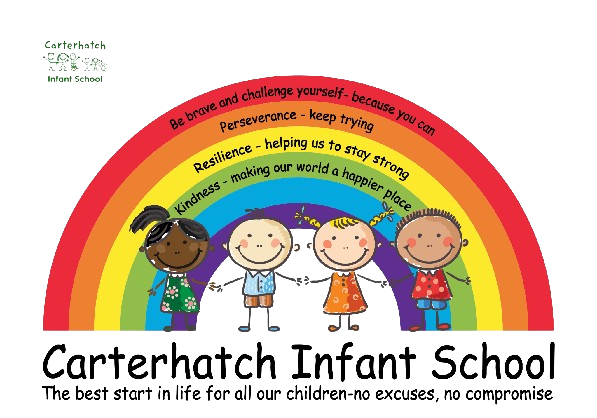Design and Technology
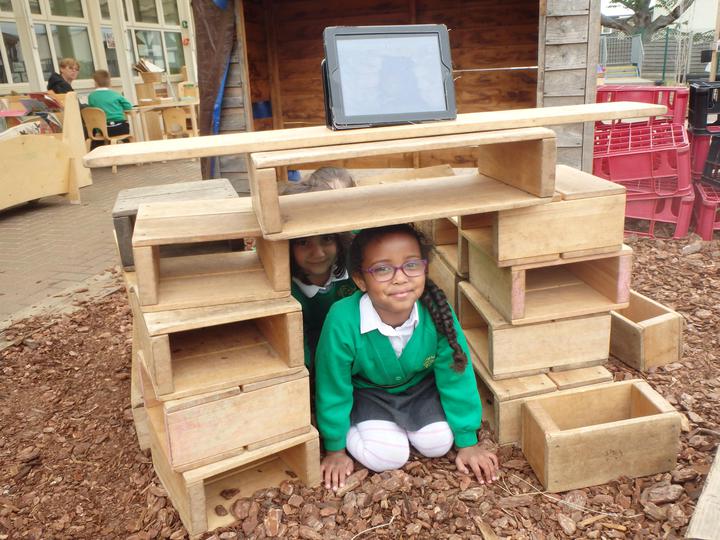
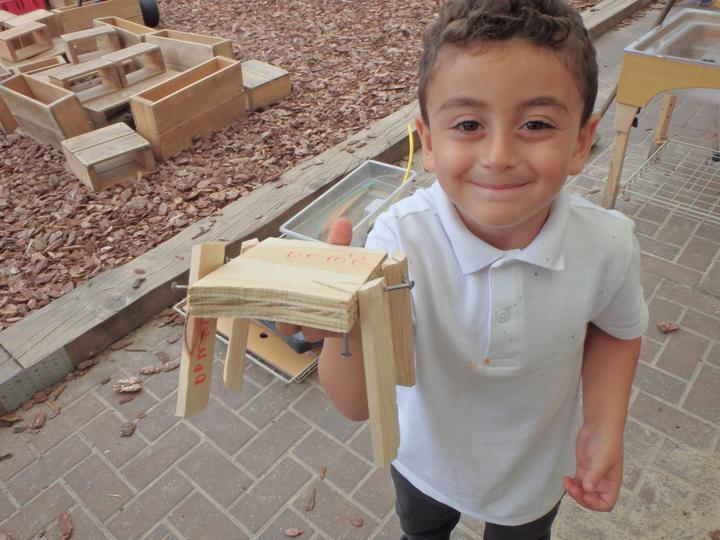
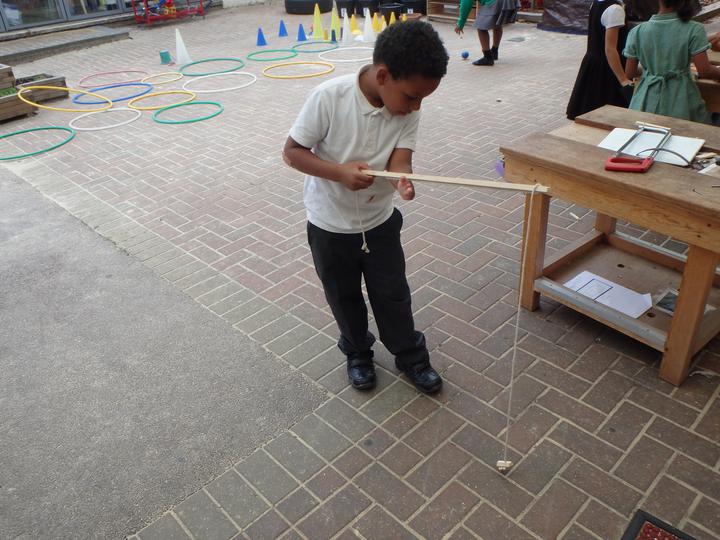
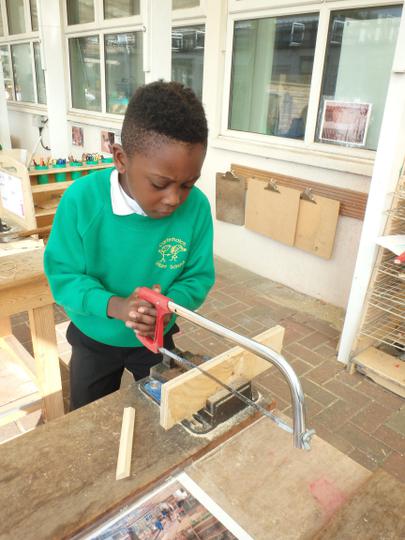
We value design and technology as an opportunity to inspire creativity and a chance for children to learn new skills from an early age. Using this creativity and imagination, children design and make products and solve real and relevant problems within a variety of contexts. Every child is trained to use tools to practise the skills of cutting, sawing, joining and finishing in woodwork, this starts from nursery. Overtime our young designers can be seen producing more sophisticated models.
As well as directed teaching, children can often be observed designing and creating real life structures. For example, after studying Bijou for their English text, year one pupils were seen making a space ship out of car parts and blocks as well as using wet sand to create a cave for the lonely beast. Evaluating is a key aspect of design and technology and the children can be seen doing this both orally through, discussion and questioning, and physically through writing.
At Carterhatch cooking is seen as an integral part of the design & technology curriculum. Every child experiences cooking and baking as well as the physical process of growing and selecting ingredients. Through this, each child develops further life skills as well as developing an understanding of healthy eating.
The National Curriculum for Design & Technology aims for children to:
Design
- Design purposeful, functional, appealing products for themselves and other users based on design criteria.
- Generate, develop, model and communicate their ideas through talking, drawing, templates, mock-ups and, where appropriate, information and communication technology.
Make
- Select from and use a range of tools and equipment to perform practical tasks (for example, cutting, shaping, joining and finishing).
- Select from and use a wide range of materials and components, including construction materials, textiles and ingredients, according to their characteristics.
Evaluate
- Explore and evaluate a range of existing products.
Evaluate their ideas and products against design criteria.
Technical knowledge
- Build structures, exploring how they can be made stronger, stiffer and more stable.
- Explore and use mechanisms (for example, levers, sliders, wheels and axles), in their products.
